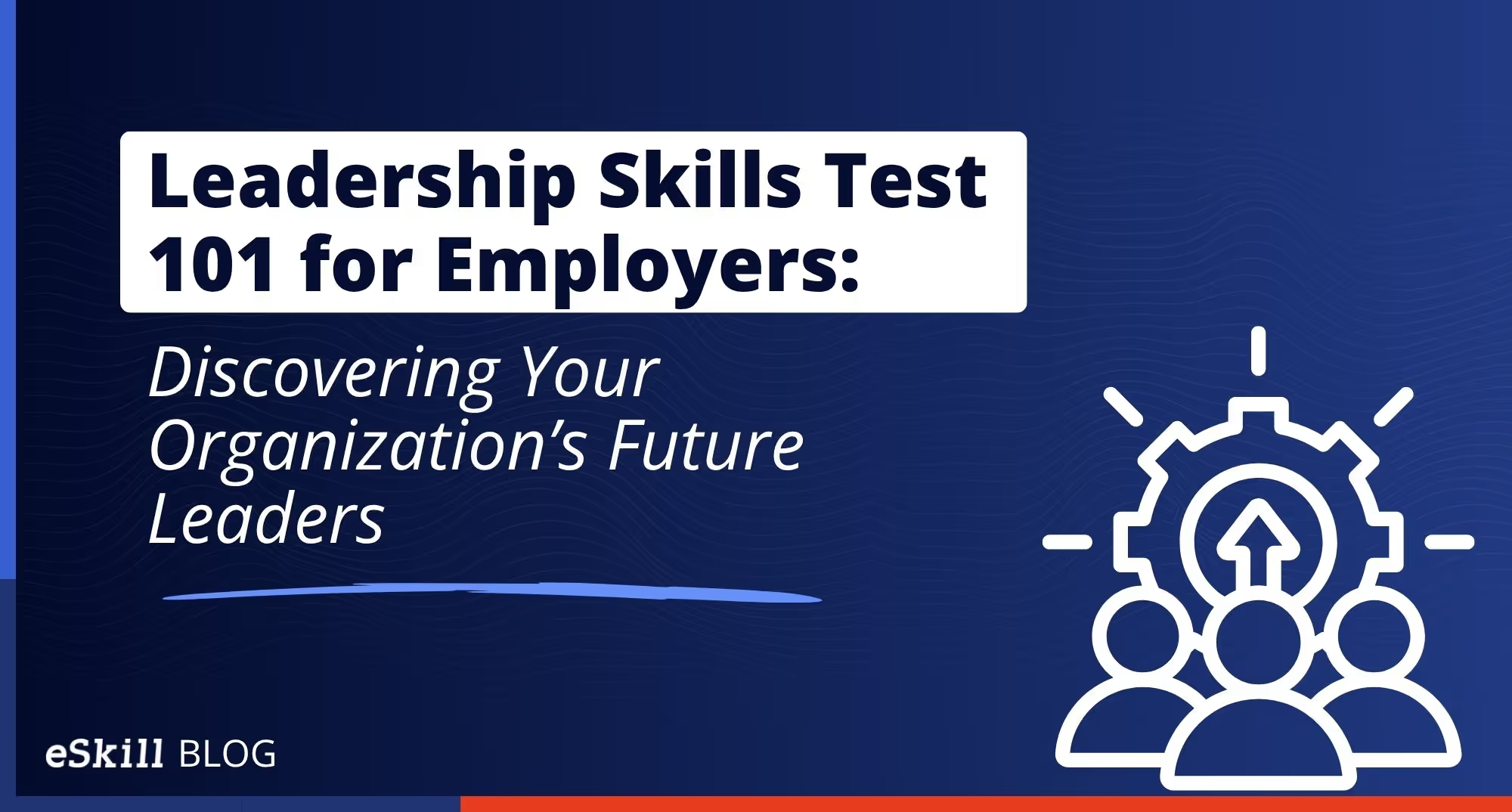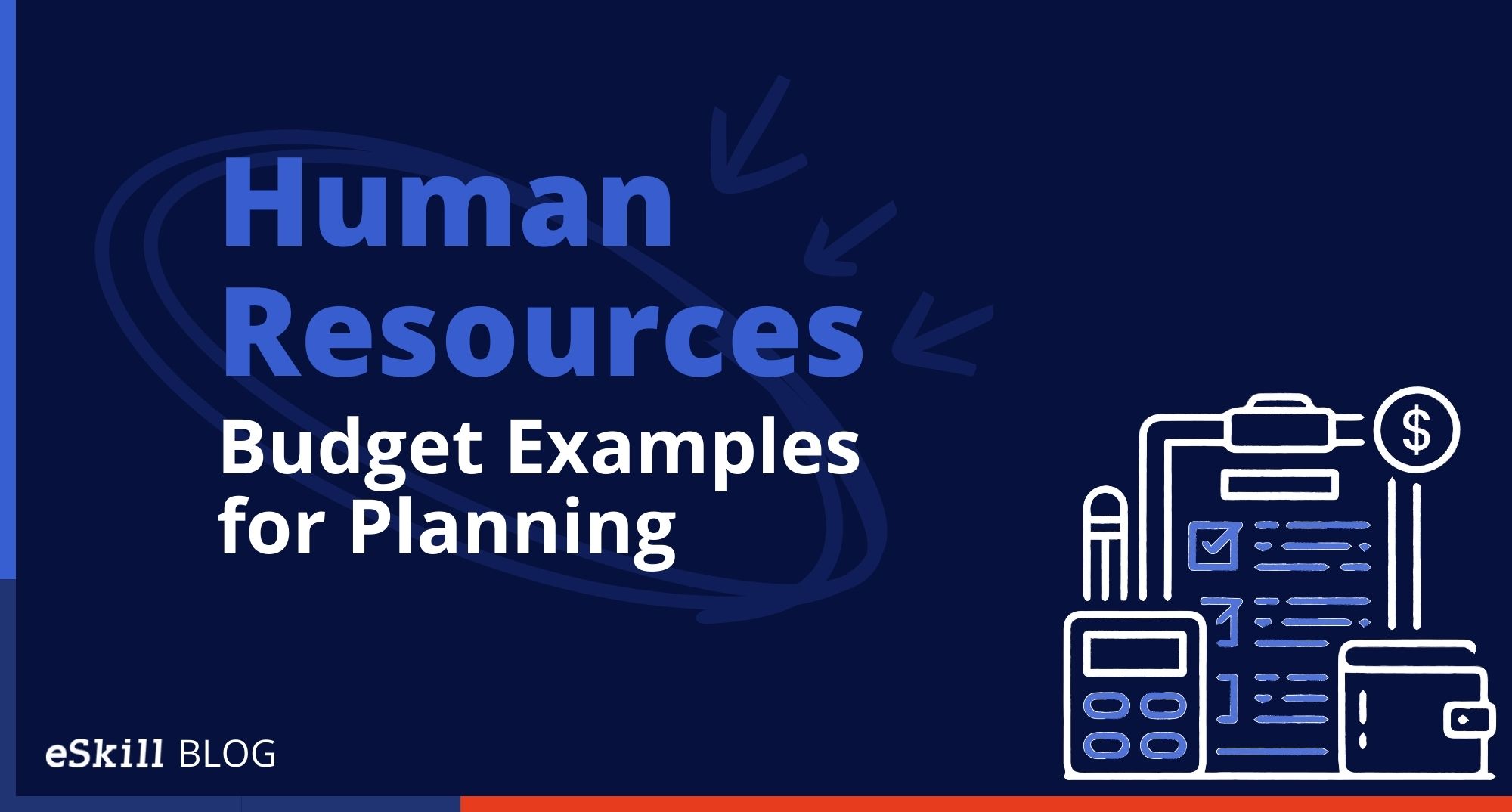With a slew of new startups popping up as the economy bounces back, human resource professionals are having to adapt quickly. Identifying the critical roles that have the highest impact on business efficiency is the first thing an HR professional needs to do in this situation. The next step is to develop a talent pipeline to fill these spots, so that the talent is there to step in when the resources are available to fund these positions.
Internal and External Recruiting
It’s important to look within the company as well as outside when you’re recruiting for critical roles in an organization. Think in terms of developing a system of career tracks, and put training in place to support effective internal recruiting. A transparent process for advancement that builds on employee skills and company knowledge benefits both employees and the company as a whole. It provides clear incentives for current staff and can be a strong selling point when you’re recruiting outside candidates.
It’s also important to work on creating networking systems that connect you to outside candidate pools. Asking current employees for referrals can provide some good leads, as will putting the word out that you’re hiring on social networking sites and niche job boards.
Workforce Planning
When a critical role goes unfilled, it can have a huge impact on company growth. You’ll need to have a plan in place to cover the job duties for the position while you are recruiting for it as efficiently as possible.
Here are some tips for filling critical roles in startups.
Plan ahead as much as possible. Although workforce planning needs to start with management, HR can play an important role. Business leaders are responsible for forecasting upcoming needs for their departments, but HR can provide the strategic planning necessary to meet those needs. In this sense, HR needs to act as a consultant to help managers accurately determine which positions are absolutely necessary and which can be filled on a need or want basis.
Focus initially on critical job roles. It’s important to focus your efforts on the jobs that are necessary for the organization’s success—so the organization will continue! First up are critical jobs that are central to the core business of the organization. Beyond that, you need to pay attention to any role that has a high number of vacancies, has been difficult to fill in the past, requires long training times to develop the appropriate skills, or has the largest number of staff. Workforce planning is, in essence, an exercise in prioritization. Companies who practice this kind of planning are guaranteed to be more successful than those who don’t.
When it comes to filling critical jobs, the amount of time it takes to fill each opening varies, depending on the skill level required. Most jobs take 3-4 months to fill according to some studies, but when the jobs are for higher-level executives, they could take up to 9-12 months. Looking internally first can save organizations both time and money, but some positions, particularly leadership ones, need to be filled by outside candidates.
If you’re in a startup and feeling the pressure to fill critical roles, it’s even more important to take the time to come up with a plan for building up a pool of talented candidates. Once you have a system in place, you’ll have done the groundwork to set yourself up for future success in filling many roles, both big and small.

Get ademo.






